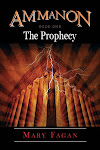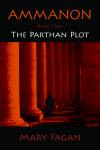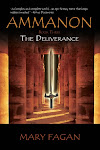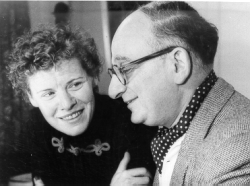Not so entertaining
when it’s for-real
 Just like you, I’ve been staring incredulously at the news
reports ever since Sandy became a superstorm and slammed into our eastern
seaboard. Living on the Texas Gulf Coast, I’ve been through my share of
hurricanes. There was Alicia in 1983, a terrifying ordeal; and most recently
Ike in 2008 that leveled at least as much real estate as Sandy. And we all know
what a complete job Katrina did on New Orleans.
Just like you, I’ve been staring incredulously at the news
reports ever since Sandy became a superstorm and slammed into our eastern
seaboard. Living on the Texas Gulf Coast, I’ve been through my share of
hurricanes. There was Alicia in 1983, a terrifying ordeal; and most recently
Ike in 2008 that leveled at least as much real estate as Sandy. And we all know
what a complete job Katrina did on New Orleans.
 |
| Movie - "The Avengers" |
But this is New York. New Yorkers aren’t used to hurricanes.
It’s been decades since they’ve had to deal with anything worse than the
garbage collectors’ strike. And even though Hollywood utterly destroys The Big
Apple at least twice a year, it’s never been by hurricane.
 |
| Real - Lower Manhattan |
Wikipedia
responded with a list of movies set in NYC, beginning in 1908. I quickly lost
count of those involving total annihilation.
 |
| Movie - "Day After Tomorrow" |
 |
| Crane collapse on 57th St. |
Even the very real horror of 9/11 doesn’t match the extensive destruction of Sandy - except in loss of life, of course. Terrorists will always win that one. But Sandy was a superstorm, a merging of three storm systems, the like of which has never been seen before.
So Hollywood may score oftener, but in the cosmic quiddich
match, Sandy catches the golden snitch.




































